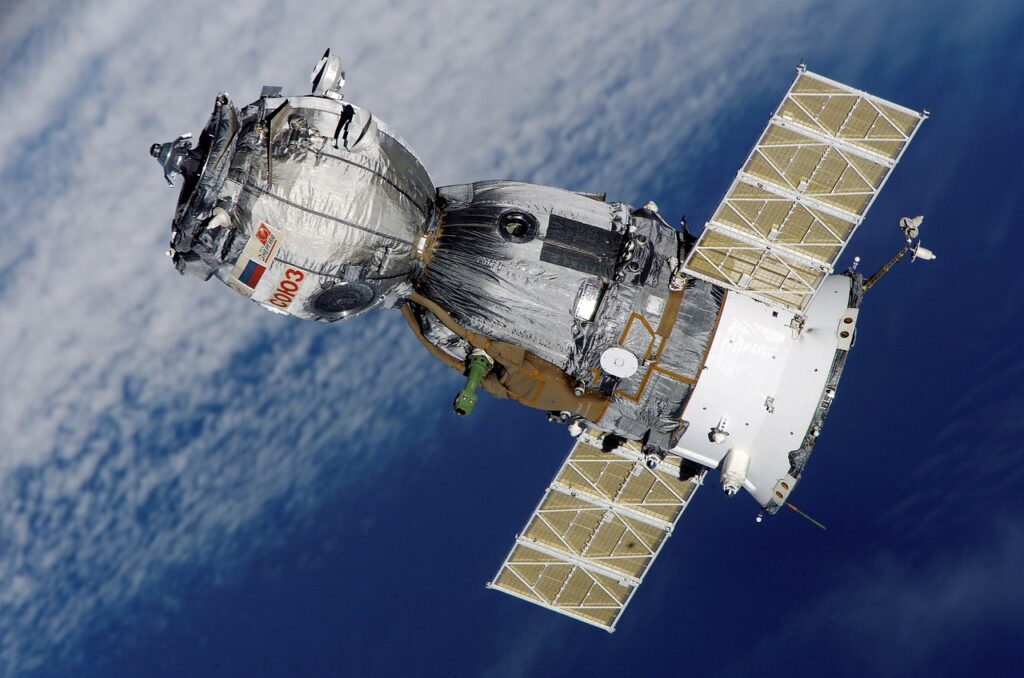
Introduction:
Satellite
Satellites play a pivotal role in our modern world, facilitating communication, navigation, and various scientific activities. However, have you ever wondered if all satelites move at the same speed? In this article, we will explore the concept of thier speed, the influencing factors, and the diverse orbits satelites can occupy. Delving into the fascinating realm of satelite motion will provide a better understanding of these technological wonders.
Factors Influencing Satellite Speed:
- Altitude:
- The speed of a satelite is contingent upon its altitude. Satelites at higher altitudes generally move at slower speeds due to weaker gravitational attraction.
- Purpose:
- Different types of satelites serve different purposes. Communication satelites, for instance, are positioned in geostationary orbits, moving at the same rotational speed as the Earth. On the other hand, scientific satelites or those used for weather forecasting may be placed in polar orbits, requiring higher speeds to cover the entire Earth’s surface.
- Orbital Type:
- Satelites can be classified into various orbital types, including geostationary, low Earth orbit (LEO), medium Earth orbit (MEO), and highly elliptical orbit (HEO). Each of these orbits has distinct characteristics, leading to different speeds. Geostationary satelites, for example, orbit at an altitude of approximately 35,786 kilometers (22,236 miles) and move at the same speed as the Earth’s rotation. LEO satelites, orbiting at altitudes between 160 and 2,000 kilometers (100 to 1,200 miles), move at significantly higher speeds.
FAQs:
Q: How fast do satelites in low Earth orbit (LEO) move? A: Satelites in LEO typically move at speeds ranging from 7.8 to 8 kilometers per second (17,500 to 18,000 miles per hour).
Q: Do all satelites move in the same direction? A: No, satelites can move in different directions depending on their intended orbit. However, satelites within the same orbital plane generally move in the same direction.
Q: Can satellites change their speed? A: Satellites can adjust their speed by activating onboard thrusters or engines. This allows them to change orbit, altitude, or maintain their position in space.
Q: How do satellites avoid collisions if they move at different speeds? A: Satelite operators carefully plan and coordinate orbits to minimize the risk of collisions. Ground-based tracking systems monitor satelite positions and provide maneuvers if necessary to avoid collisions.
Conclusion:
In conclusion, while satellites serve a wide range of purposes, they do not all move at the same speed. Factors such as altitude, purpose, and orbital type influence the speed at which satellites travel. Understanding these variables is crucial for satelite operators and engineers to ensure the efficient and safe functioning of these vital space resources.




